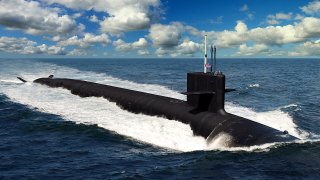The Navy's Columbia-Class Nightmare Is Worse Than You Can Imagine
The U.S. Navy's Columbia-class submarine program, intended to replace the aging Ohio-class, faces significant delays due to failing shipyards and supply chain issues.
Summary: The U.S. Navy's Columbia-class submarine program, intended to replace the aging Ohio-class, faces significant delays due to failing shipyards and supply chain issues.
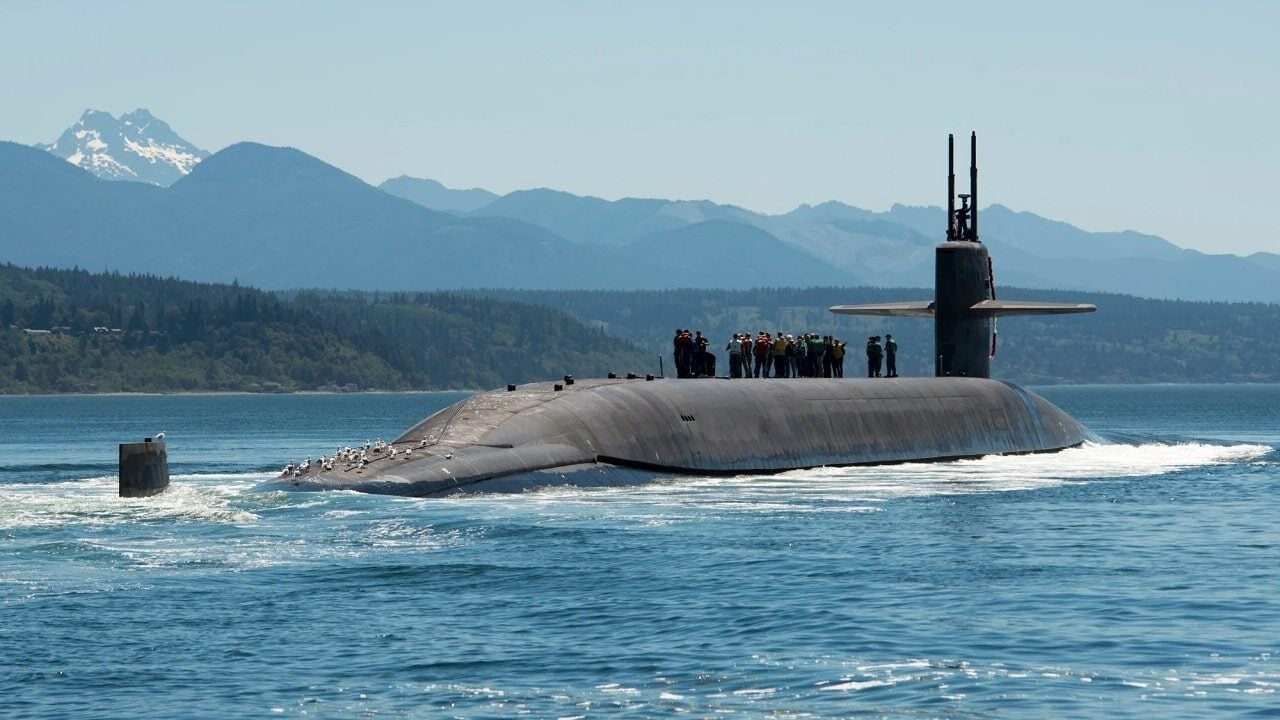
Key Points
-The Navy's plan for a minimum of 12 Columbia-class subs is now under threat, with the first submarine, the USS District of Columbia (SSBN-826), unlikely to meet its 2027 launch date. This reduction in the submarine force compromises America's nuclear deterrence capabilities at a critical time, given rising global threats from China, Russia, Iran, and North Korea.
-The delays highlight broader issues within America's defense industrial base, potentially weakening the U.S. military's strategic readiness and global security.
Columbia-Class Submarine Delays: A Crisis for U.S. Maritime Defense
The Navy’s newest SSBN (Ship, Submersible, Ballistic Nuclear), the Columbia-class, which is supposed to replace the Ohio-class ballistic missile submarine, has been mired in controversy. Not because it’s a bad submarine. In fact, the Columbia-class is a work of technological greatness. But it is being delayed by the failing shipyards that support US Navy operations. And these delays are not minor. The delays at the yards are so significant that, if the Navy continues with its force structure planning as they are currently slated, then it will create critical gaps in America’s maritime defenses.
America’s Navy wants a minimum of 12 Columbia-class subs.
That’s a ridiculously low number, considering the kind of missions that the Columbia-class submarines will be required to run. The basic mission set for the Columbia-class will be deterrence. Deterrence in the global maritime domain is made nearly impossible if there are not enough American SSBNs to cover the important flashpoints. It’d be akin to robbing Peter to pay Paul.
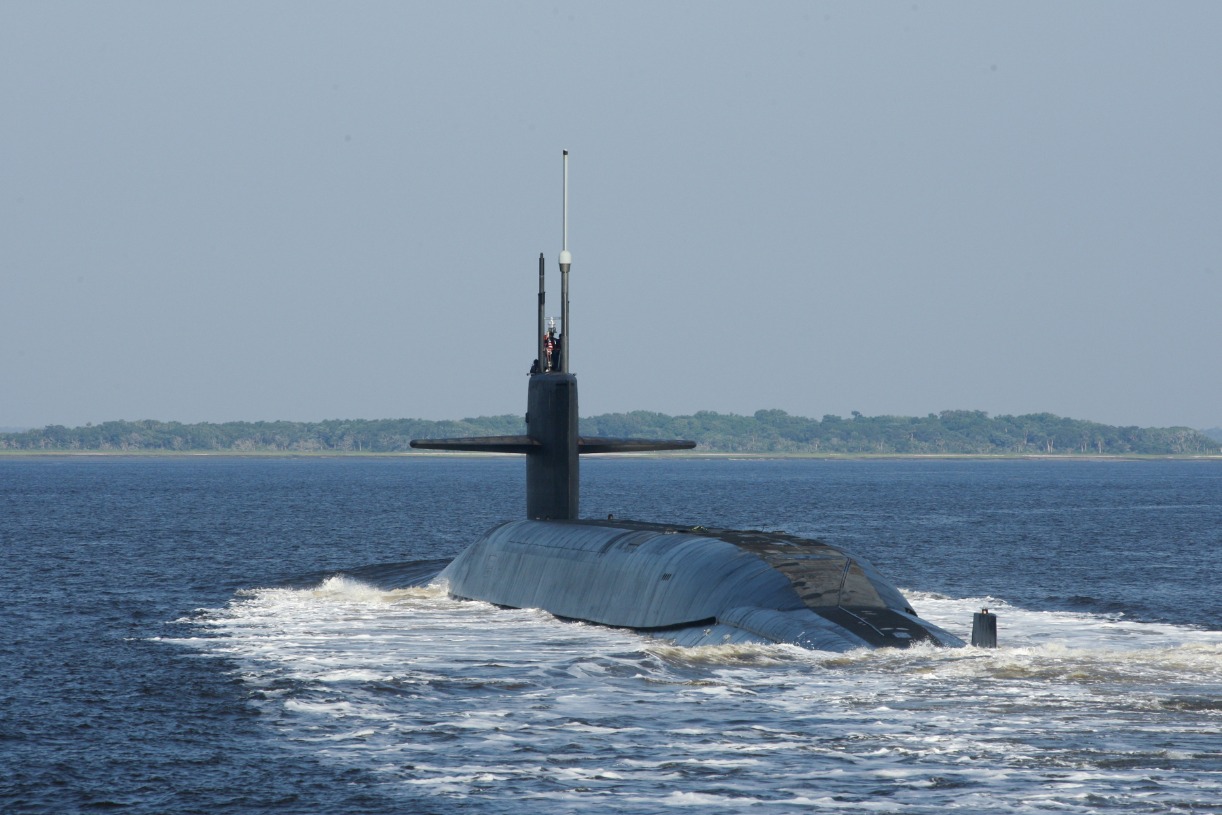
Especially as multiple international crises are erupting almost at the same time.
The United States finds itself in the unenviable position of having to deter at least two major nuclear power, the People’s Republic of China (PRC) and the Russian Federation. At the same time, America’s military must continue being vigilant for the ever-growing threats of nuclear rogue regimes, notably those of the Islamic Republic of Iran and the Democratic People’s Republic of Korea (North Korea).
Thus, the role of America’s nuclear submarine force is a primary one that is being jeopardized by the simultaneous retirement of the Ohio-class submarines and the delays in building the Columbias.
Why the Columbia-Class Nightmare Matters for the U.S. Navy and America as a Nation
It gets worse, too.
Earlier this year, the Navy reduced its desire for two submarines per year until they reach a total of 12 Columbias to just one, due to the significant delays in America’s shipyards. Reports have now surfaced indicating that the solitary Columbia-class submarine under construction, the USS District of Columbia (SSBN-826), is unlikely to meet its launch date in FY2027.
Instead, it will be delayed by a year. But, you should know by now that when it comes to major shipbuilding in America today, a one year delay could easily devolve into several.
USNI News reported in March of this year that, “the bow module [of the USS District of Columbia] that is under construction at Hill’s Newport News Shipbuilding in Virginia” has been delayed. The submarine is being developed in sections. General Dynamics Electric Boat has built the central barrel of the District of Columbia’shull at its shipyards in Groton, Connecticut and Quonset Point, Rhode Island.
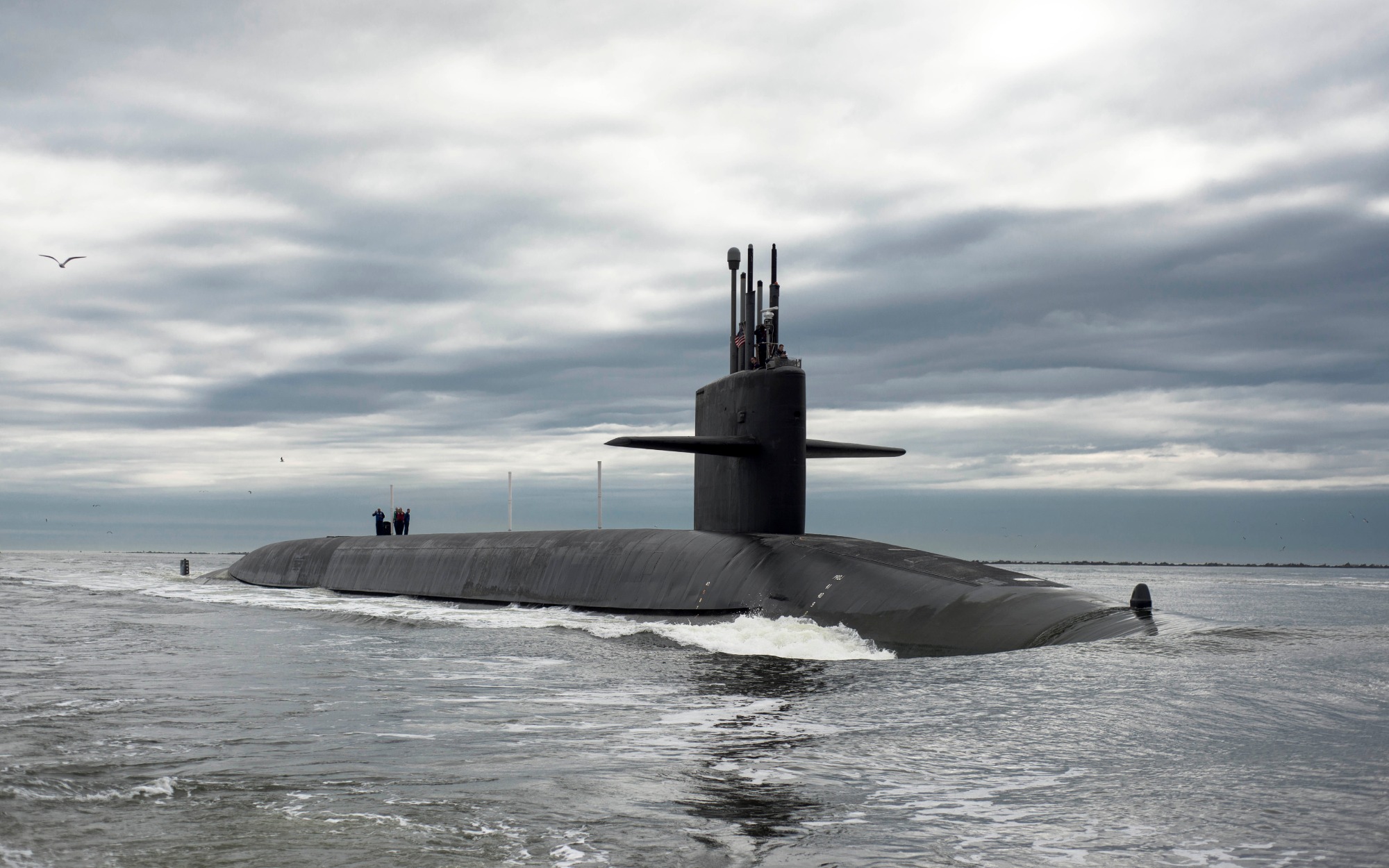
These pieces will join with the components being joined at the Newport News Shipyard. Together, these pieces will be shipped via barge to the Columbia assembly point in Connecticut.
But the Newport News Shipyard has been woefully delayed in getting its components prepared. Meanwhile, the submarine’s essential nuclear reactor is causing headaches for the crews building the SSBN. The steam-generating turbines that create electricity for the boat from the power produced by the nuclear reactor are struggling through manufacturing delays.
There’s a general breakdown in the supply chain supporting the shipyards building the new subs, too.
The Columbia is a Symbol of the U.S. Military's Bigger Problems
This is a particularly dangerous moment in America’s geopolitical life. Severe gaps are forming throughout the force and there is no evidence that a reprieve, either via legislation or bureaucratic reform within the defense industrial sector, will be coming soon.
More dangerously, America’s enemies see these gaps opening, too.
A dwindled nuclear submarine force equals a weakened nuclear triad for the United States. A reduced nuclear triad means that America’s nuclear deterrence is damaged significantly—giving US rivals a clear opportunity to launch attacks on the US and its allies.
The Columbia-class nightmare, therefore, is a microcosm of just how bad things are getting for the US. Its military is strained and stretched. Politicians who are supposed to lead the country are completely out-of-their-element when it comes to overseeing the military.
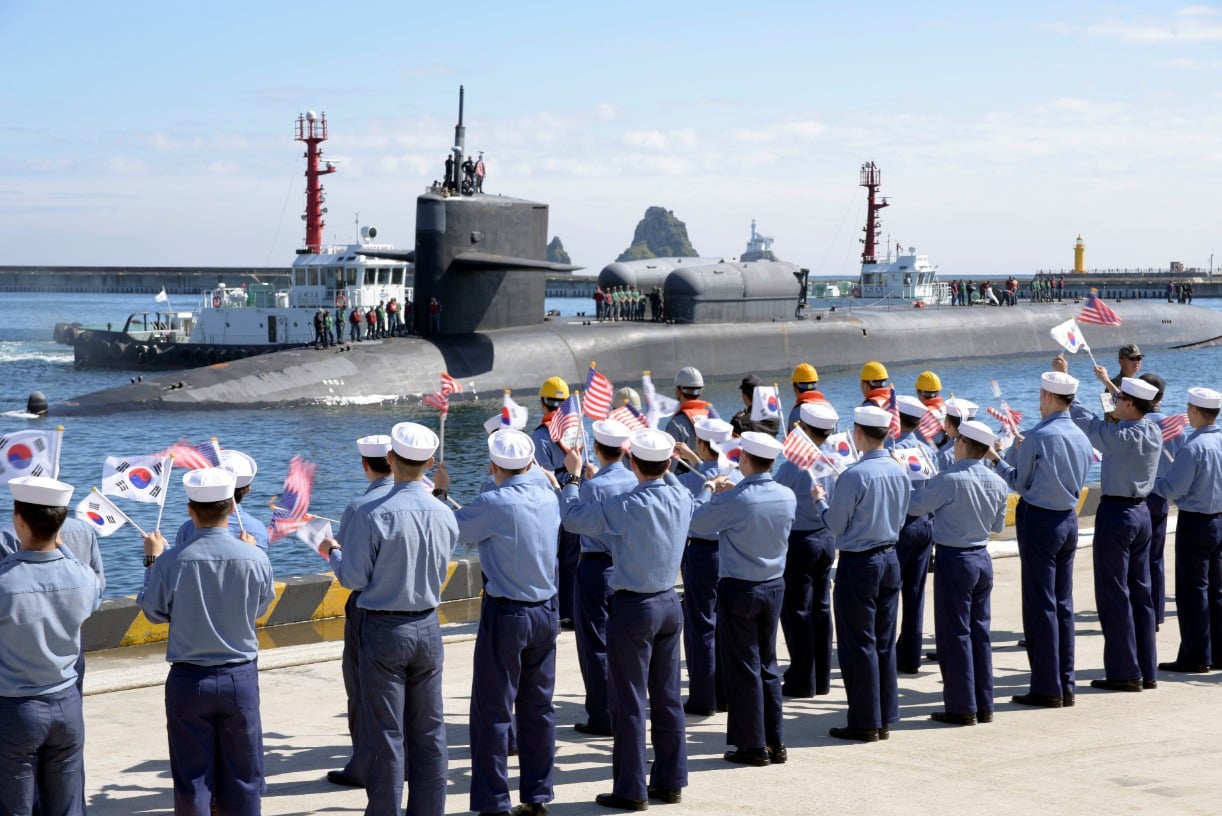
Finally, the defense industrial base that supports the military is, as you’ve read, completely outmatched for the moment we’re living in. It is only a matter of time before a crisis erupts that completely breaks the military-industrial complex.
About the Author
Brandon J. Weichert, a National Interest national security analyst, is a former Congressional staffer and geopolitical analyst who is a contributor at The Washington Times, the Asia Times, and The-Pipeline. He is the author of Winning Space: How America Remains a Superpower, Biohacked: China’s Race to Control Life, and The Shadow War: Iran’s Quest for Supremacy. His next book, A Disaster of Our Own Making: How the West Lost Ukraine, is due October 22 from Encounter Books. Weichert can be followed via Twitter @WeTheBrandon.


